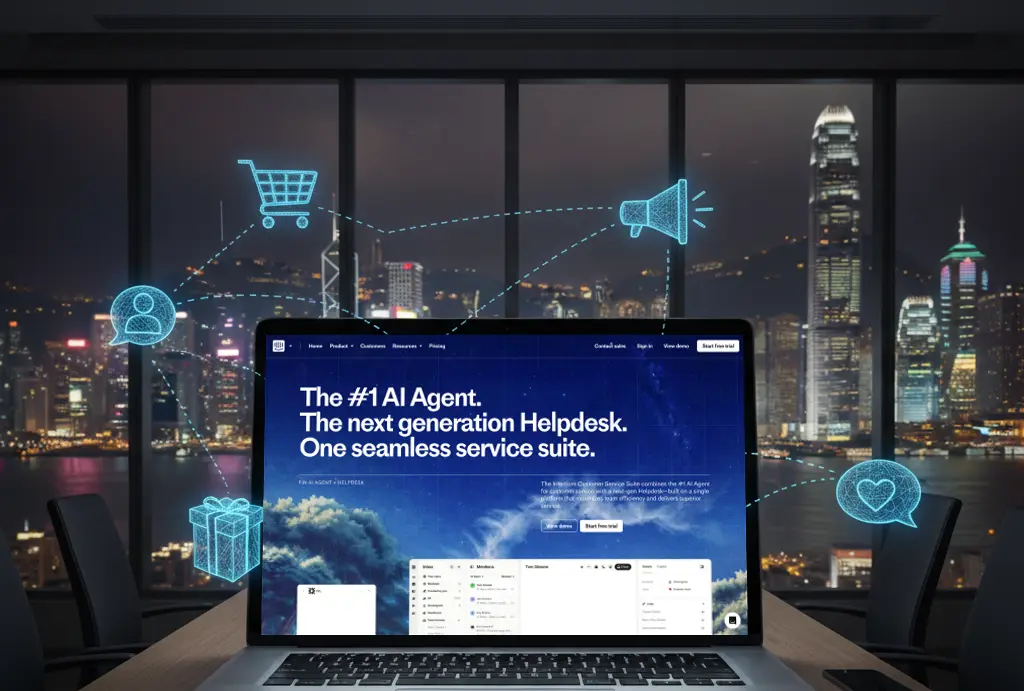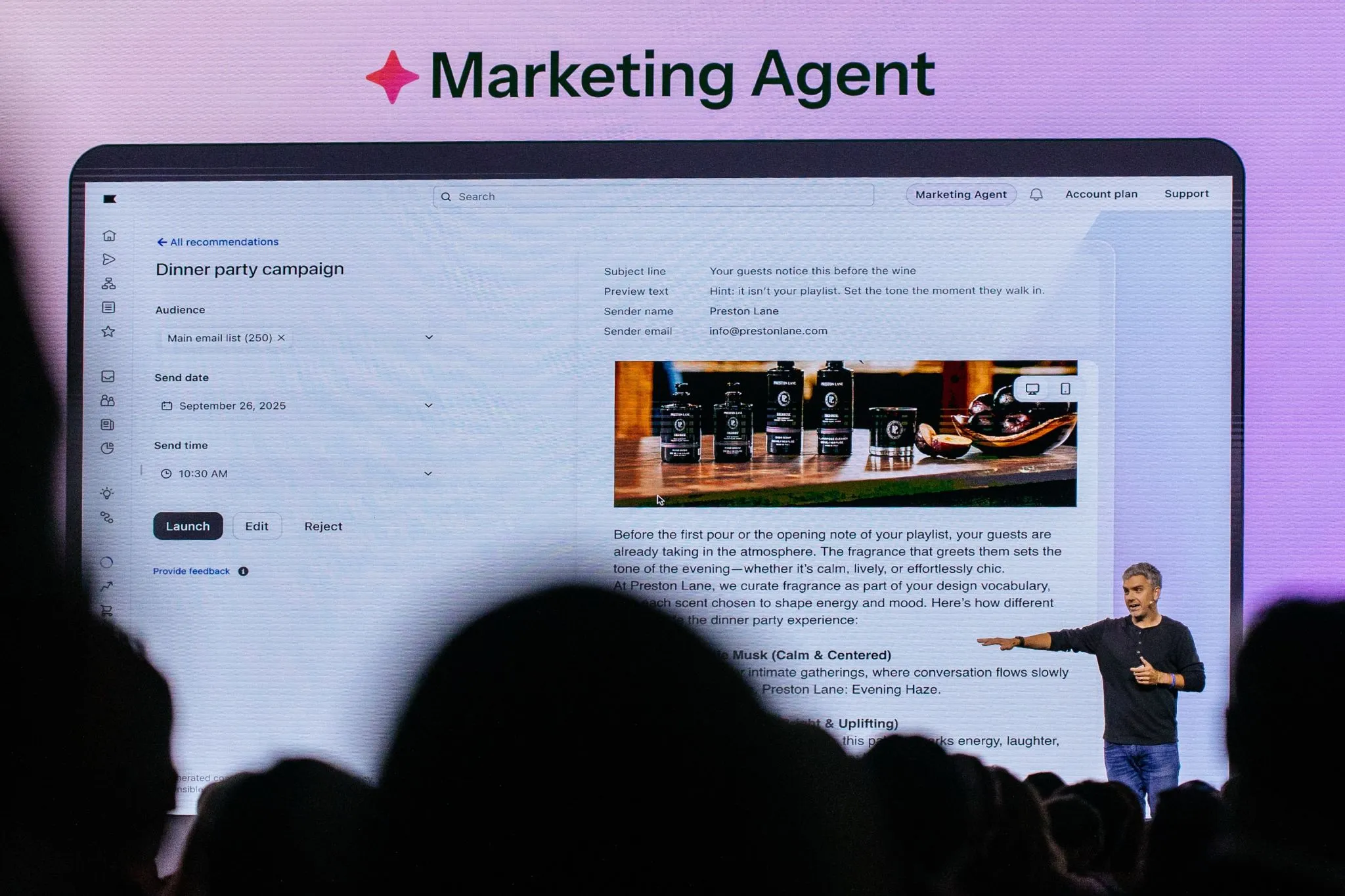BLOG
Covid-19 Retail Tips: Contactless Online-to-Offline Sales with Shopify
Tips for retail stores, hospitality, and restaurants on how to win over returning and new customers with a great O2O retail strategy using Shopify for online sales, QR codes for orders, and contactless offline pickup.

How can online-to-offline O2O fit into your business?
For digital-native brands, online customers make a purchase and receive their order in the mail. In the past, one of the biggest hesitations to setting up an online store for businesses with a physical location is the question, “How can I ensure a smooth way to fulfill the offline order?”
For restaurants, physical retailers, learning centers, galleries, and pop-up shops, the challenge is to ensure that the new customers you reach online can conveniently receive their order offline, whether it is an in-store pickup or attending a workshop. More urgently, businesses now need to offer safe ways to fulfill orders offline for both customers as well as your store staff, meaning that there needs to be more contactless order fulfillment methods.
In the sections below, we will outline some ways that retailers further integrate their online and offline operations to have more data-driven strategies and offer a better customer shopping experience:
- Offer curbside or locker pickups
- Offer QR codes for in-store pickups and experiences
- Offer QR codes in-store purchases
- Tie digital marketing and sales
- Unify omnichannel sales with e-vouchers and data
Offer Curbside, Local or Locker Pickups
Online retail does not mean that your items have to be delivered. Curbside pickup, local (in-store) pickup, and locker pickups are great order fulfillment options that may be more cost effective for your business and convenient for your online customers. Shopify offers a local pickup option, which allows you to add up to 20 locations that can include a curbside delivery, or any location you choose, including your physical retail store. Alternatively, if you are in a market that has locker deliveries, make use of those as well to offer a safe contactless experience for both your staff and customers.
In contrast to door-to-door delivery where delivery times are sometimes unpredictable, pickup options gives your customers more control of when they receive their items. If you are operating in a market with locker deliveries, also see if the Shopify App Marketplace has delivery and pickup solutions, such as Pickup Options for Hong Kong.
Offer QR Codes for In-Store Pickups and Experiences

Offering QR codes is one of the easiest ways to offer contactless pickup or redemption for orders. Scanning an online order removes the need to handle cash or even credit cards. Your store staff also have more time to pre-pack orders made online and take necessary sanitization steps before a customer comes to pick up their order by presenting the unique QR code for their order. This ensures that the exchange is efficient and brief, reducing both contact and exposure risk for your store staff and customers. We have developed Wave Vouchers to help you generate unique QR codes for the items you want to create vouchers for. Online customers receive their QR code via e-mail and can have it scanned when they go to your physical location, whether it is a store, restaurant, pop-up stall, event, or class.
Use QR Codes for In-Store Item Purchases

With smartphones and data, online purchases no longer are limited to a customer’s computer. Instead, you can make use of QR codes in your physical store to allow in-store shoppers to scan and purchase items using their smartphone. This reduces the wait time in a queue, cash and credit card handling, and offers an enhanced in-store shopping experience during COVID-19.
Shopify offers the Shopcodes app that allows you to link products to QR codes, which allows customers to scan and pay for items in-store. Shopcodes QR codes can also be incorporated into events, pop-ups, and offline ads for your omnichannel retail strategy.
Tie Digital Marketing and Sales
Your business' chances of online discovery far outweigh offline, even before the global pandemic. According to GlobalWebIndex’s Social Media Trends 2020, over “40% of digital consumers use social networks to research new brands or products.” A potential customer may discover you through Instagram hashtags or researching product reviews on Youtube. Digital marketing is key for offline-focused businesses and having better data helps you spend your budget more wisely.
Experiment with Shopify’s direct channel integrations to popular platforms such as Facebook, Facebook Messenger, Instagram, and Google. If you have a physical store and are just getting started with your online store, you start with a focused store inventory and create Dynamic Product Ads to get started on digital marketing. Dynamic Product Ads pull directly from your Shopify store inventory and saves you time from creating new content just for advertising and marketing purposes. You can create broad-based ads to discover new customers and retarget the ones who click into your content.
Unify Your Omnichannel Sales With E-Vouchers and Data
An omnichannel sales strategy means giving shoppers a unified shopping experience across all channels they may engage with your brand through. Shoppers will typically need to be exposed to your brand more than once to make a purchase decision (you can refer to funnel conversion slides from our previous Shopify Meetup), so having integrated content will improve your conversions. But how can you ultimately tell if a shopper revisits your store a week later and makes a purchase?
Creating integrated marketing and sales campaigns with e-vouchers gives you more concrete data. For example, you can create a marketing campaign with a hidden giveaway item in your Shopify store. This item can be claimed online (a free purchase) and a shopper can receive their unique QR code to redeem the item offline, whether it is a one-off pop-up event or your physical store. By tying your marketing campaign to items you can directly track, you can collect more data on customer interest in pre-sale items, types of promotions, or other types of behavioral data. In the long-term this will help you refine your omnichannel sales strategy.
You can easily do this with our Shopify app Wave Vouchers to create QR codes for any item in your Shopify store.
Additional Steps
In addition to the steps mentioned above, you can take many small steps to offer an improved customer experience of your brand both online and offline. During these pandemic times, customers will particularly appreciate your attention to safety in a physical store and investment in improving customer shopping experiences.
Online Stores
Whether you are starting out or an old hand at online retail, now is the time to invest in online virtual experiences. Make use of Shopify’s augmented reality (AR), virtual reality (VR) and 3D modelling options for products to help customers learn about your products from the comfort of their homes. You can check out our client, Bombol’s 3D rendering and augmented reality (AR) for their Pop-Up Booster. If you are in fashion, you can also try offering a home try-on experience, like our client Peppertint.
Offline Stores
If you have an offline presence, provide hand sanitizer for customers upon arrival, whether it is at a store entrance or at your market stand. Add store signage or floor tape to mark 1.5 meter safety distances (especially for queues) or suggested walking routes through your store space. If you are an event space, you can use your online store to sell tickets (paid or free) for certain time slots to manage traffic and contact the relevant batches of people for health purposes. Introduce contactless payments, such as with the Shopify POS if you are in North America or using the Shopify Point of Sale (POS) app on your smartphone or tablet if you are in other markets. Finally, if filling out health forms is optional in your market, consider offering customers the option with paper forms or a QR code to scan (clearly stating your handling of their customer data for health notification reasons).
While retail has faced a seachange in the past year, increasing smartphone adoption as well as social distancing measures provide a way for retailers to reach both existing and potential customers. Incorporating an online store into your business no longer requires dramatic operational changes. Instead, think about how an online store can help you get discovered, automate operations, and streamline order fulfillment to offer your customers reassuring, comfortable and convenient online and offline experiences.




